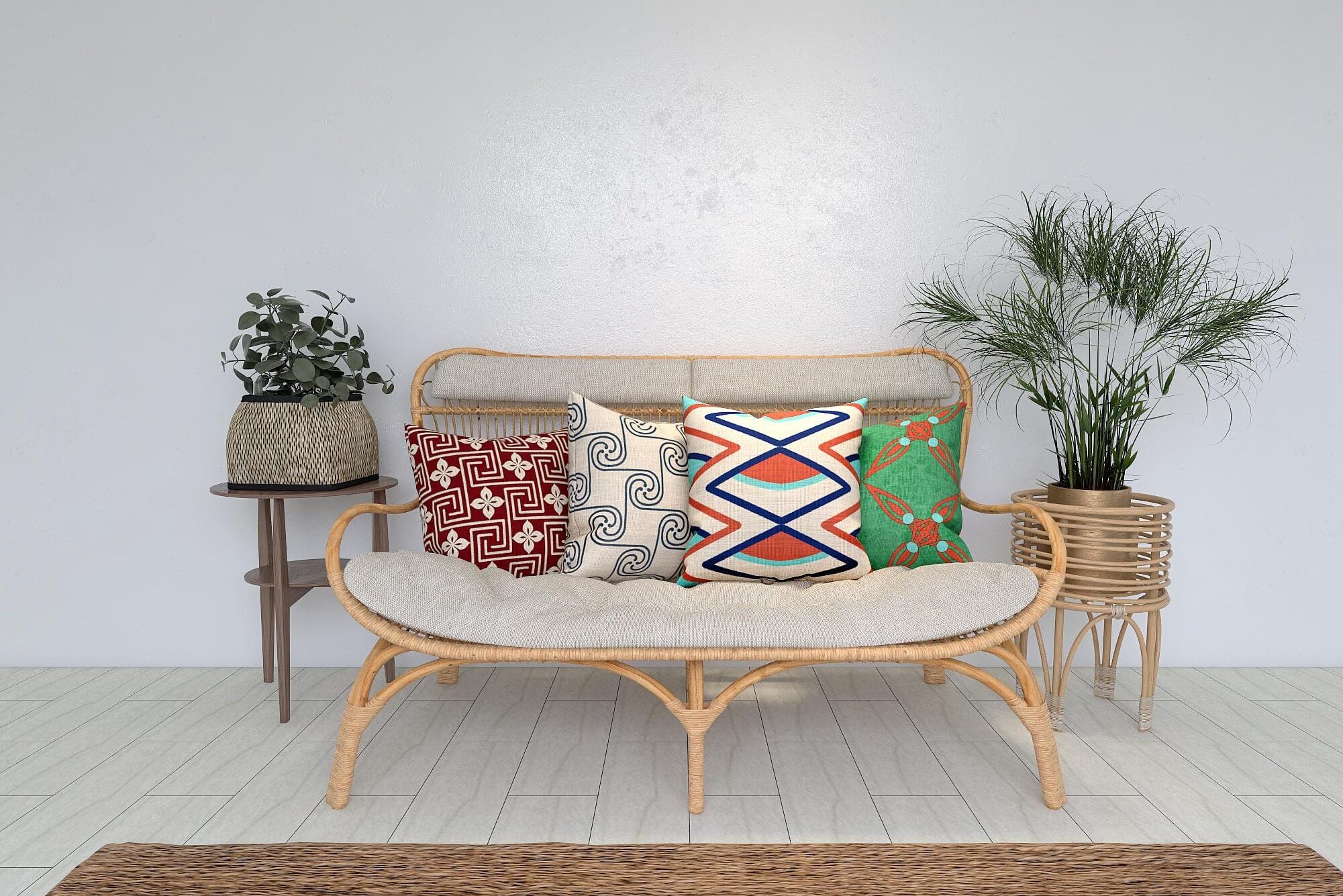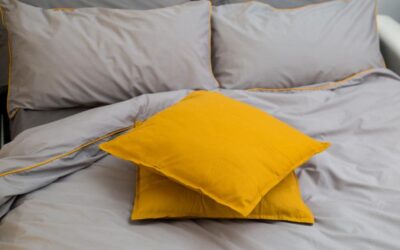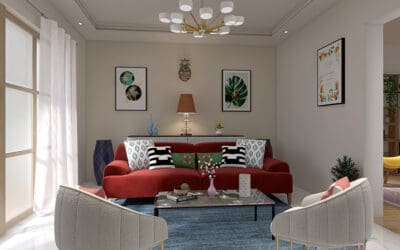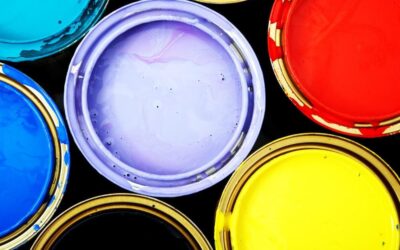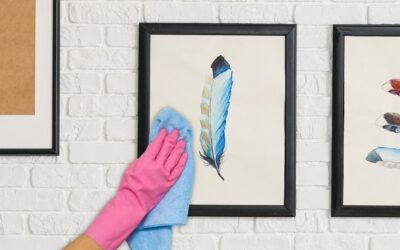We’ve just launched 4 cushion cover designs for throw pillows inspired by ancient Egyptian art. It’s been such a challenge and a great pleasure to reproduce them infused with our own style of course. All artwork are hand-drawn and patterns are painstakingly arranged by hand. We only hope we’ve done justice to such beautiful ancient artistic innovations. We find ancient Egyptian patterns so unique and so original that we yearn to breathe new life and revive them in our present day. So move aside Greco-Roman, for here comes classical Egyptian revival!
On a closer look, the designs are embedded on a papyrus-like printed background to enhance that ancient and worn out look. By the way, all our cushion covers come with a hidden zipper and basic pillow stuffing. So the covers are easy to remove and placed over your existing throw pillows of the same size.
1. Memfis Cushion Cover
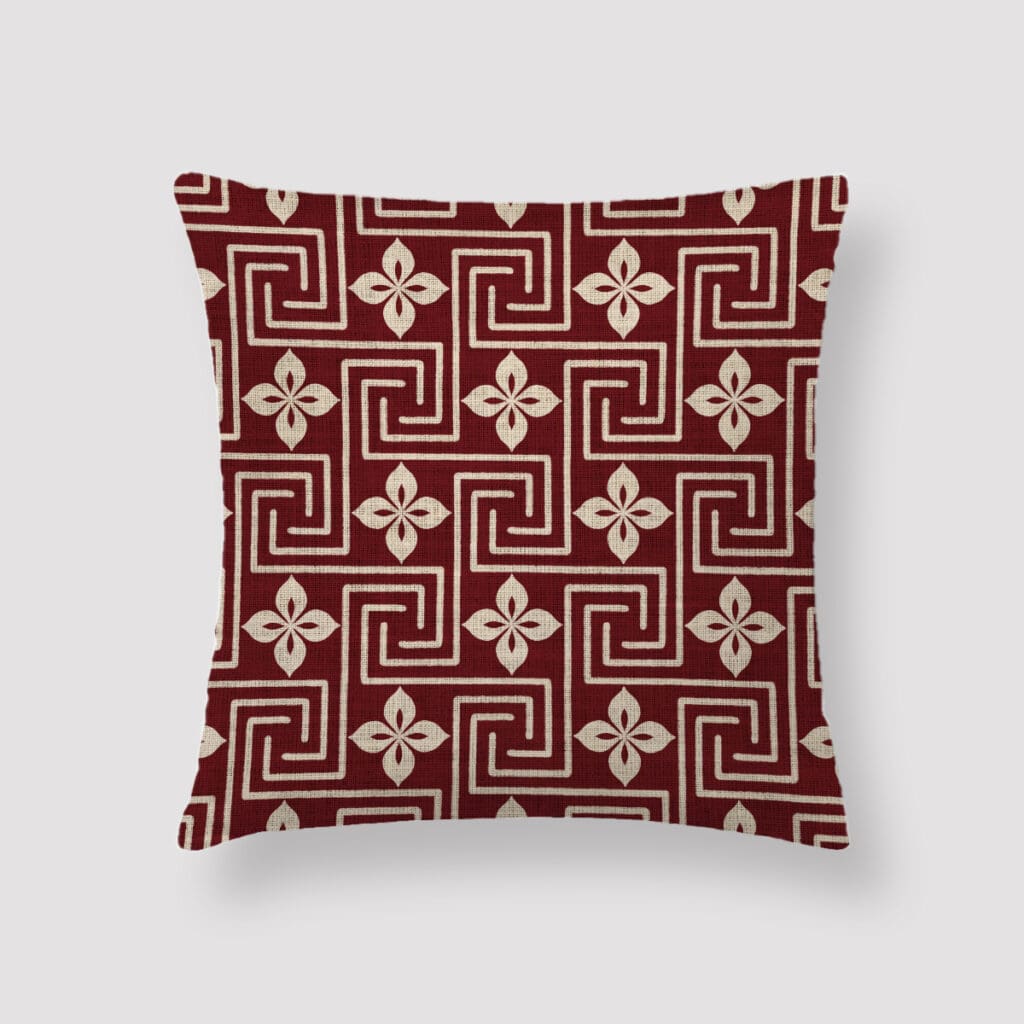
The Memfis Cushion Throw Pillow showcases the hand-drawn swirl Sayagata pattern of ancient Egypt and Greco-Roman culture. It is more popularly associated with the family of Greek key patterns. But it is also typically Egyptian and Assyrian in origin. Straight and angled geometric textures are largely characteristic of Middle Eastern art. Also known as meander art, it is more recognisably rooted in Greek mythology to represent the flow of life, moral values, good human relations and love. Meander art is a favourite decorative motif found on Egyptian, Mayan and Chinese structures and sculptures. It found its way to Japan in the 1500s where it is known as the Sayagata or interlocking patterns that symbolise strength, peace and life.
The name Memfis is our take on the ancient city of Memphis in Egypt. It one of the most important and oldest cities in ancient Egypt located at the mouth of the Nile River. The name Memphis is a Greek adaptation of the city’s original name Men-nefer, which means beautiful and enduring. The Old Dynasty ruled from Memphis and because of that became known as ancient Egypt’s commercial and cultural epicentre. Memphis was where Alexander the Great was crowned as pharaoh and where the Rosetta Stone was issued to unlock the secrets of Egyptian hieroglyphics.
It is only fitting that the Memfis cushion cover design depicts the infamous Egyptian meander pattern on a deep royal red background. The floral patterns represent rosettes to symbolise the significant Rosetta Stone that has become synonymous with learning and knowledge in modern times.
The bold red background makes the throw pillow a perfect accent for a dash of warmth and sophistication in the living room, window seat and bedroom. In fact, the dark shade of red does not call for all the attention. It forms a somewhat muted accompaniment that helps to bring emphasis to the larger and brightly coloured furniture such as a baby blue armchair or pure white sofa.
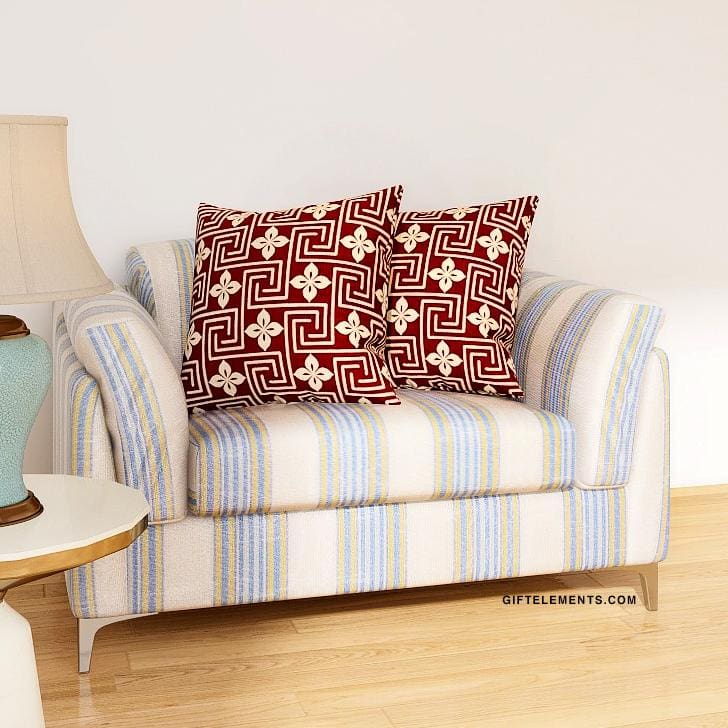
2. Giza Cushion Cover
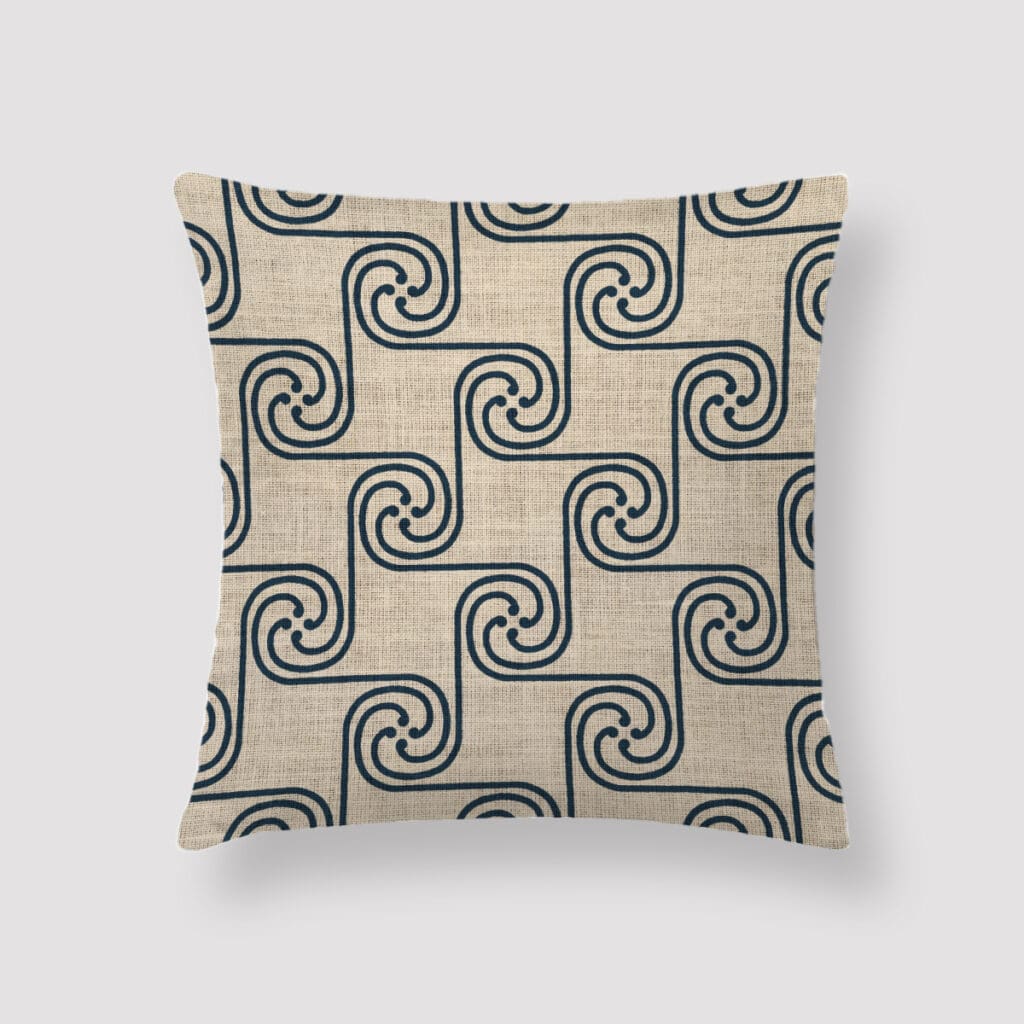
The Giza Cushion Throw Pillow is a variant of the Egyptian meander art. Its circular pattern portrays the flow and connection of lines in a more fluid manner than the geometric version. It is very posh in an understated way and a perfect compliment to a minimalist interior design. The round texture has a gentle and softer appearance yet the repetition gives it certainty and stability. The design projects both a fun-loving and serious mood at the same time. Having this cushion around the room will jumpstart the entire atmosphere immediately and boost its stylish factor many times over.
The Giza throw pillow goes very well with the Tropical Calm Cushion.
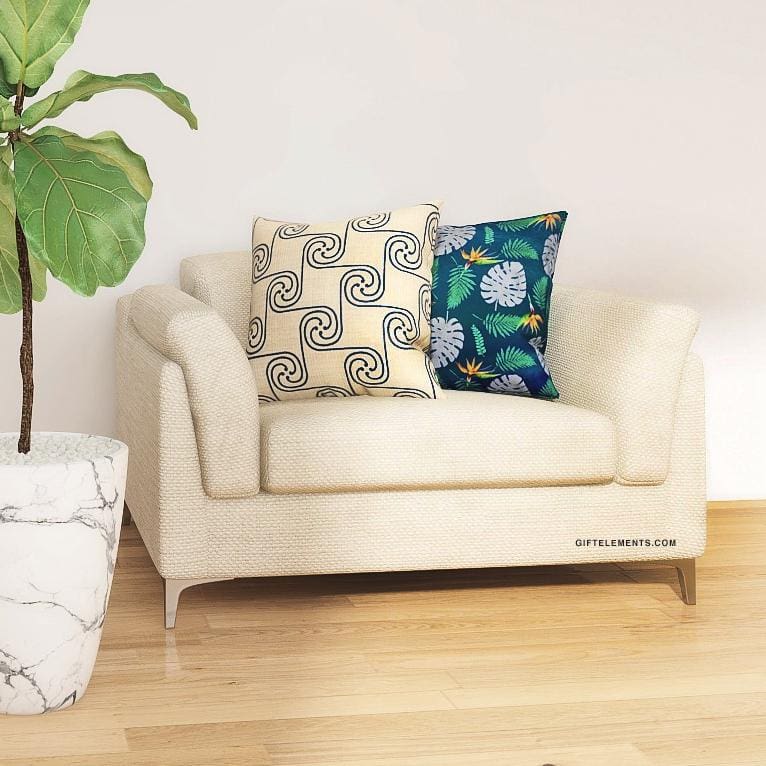
3. Nile Cushion Cover

The Nile Cushion Throw Pillow showcases the fertile beauty of the Nile river banks. In ancient Egypt, the Nile river was an especially important artery that enabled crops to grow and trade to flow. Fertile land near the Nile river banks were used to plant wheat, flax and papyrus. The mud of the river banks were turned into bricks and building materials. The ancient Egyptians regard green colour as a representation of life and vegetation. Green, from the mineral called malachite, is a popular pigment used in Egyptian tomb painting. It is also often seen on scarabs, amulets and deities to symbolise rebirth and immortality. Its appearance in tombs and royal busts means that green is an exalted colour of great importance. Another popular colour used in tomb paintings is the yellow-orange hue derived from the material realgar. Orange not only illuminates artwork but also portrays the protective nature of the sun deity as the sun is vital is sustaining agriculture.
4. Cairo Cushion Cover
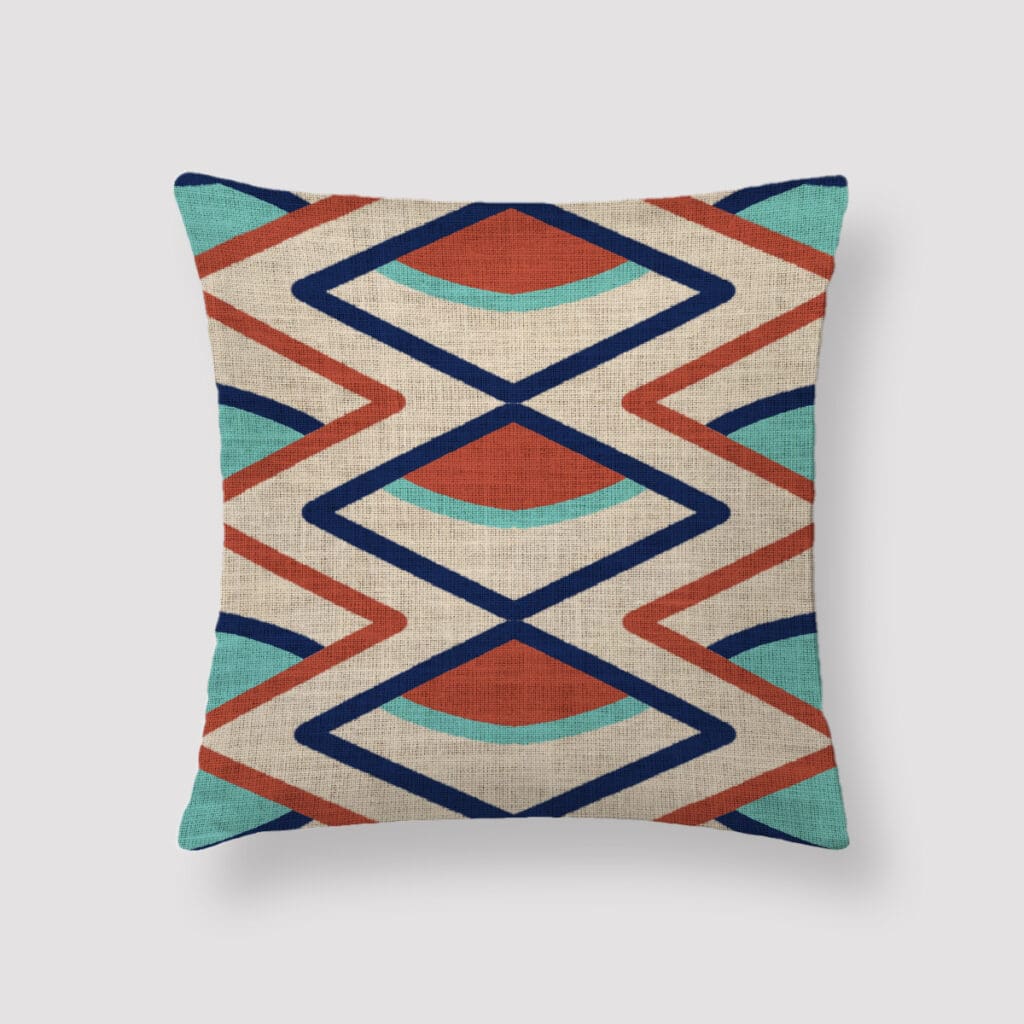
The Cairo Cushion Throw Pillow is a modern portrayal of the Eye of Horus drawn in the blues and orange hues of ancient Egypt. The light baby blue has largely overtaken all the other colours on Egyptian icons in modern times. This cushion cover design aims to set a place where the old and new coexist. In a way, Egypt can never break away from its ancient past. The city of Cairo is the cosmopolitan capital of Egypt, but it is also home to ancient pyramids in nearby Giza. Greater Cairo incorporates the ancient city of Memphis along the Nile River. It is the city where the Arabic caliphate first took hold in 969 AD and began their rule in Egypt.

